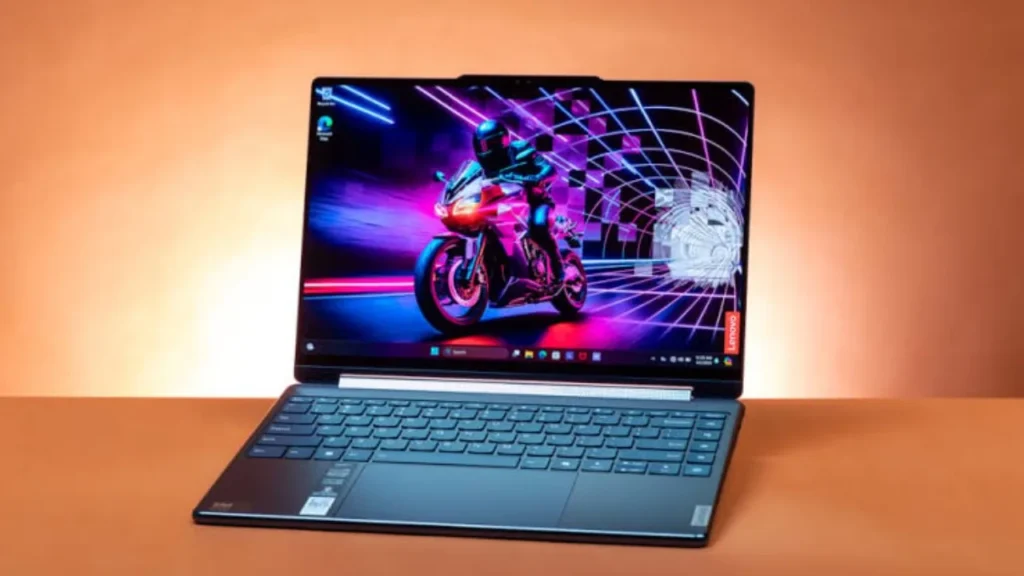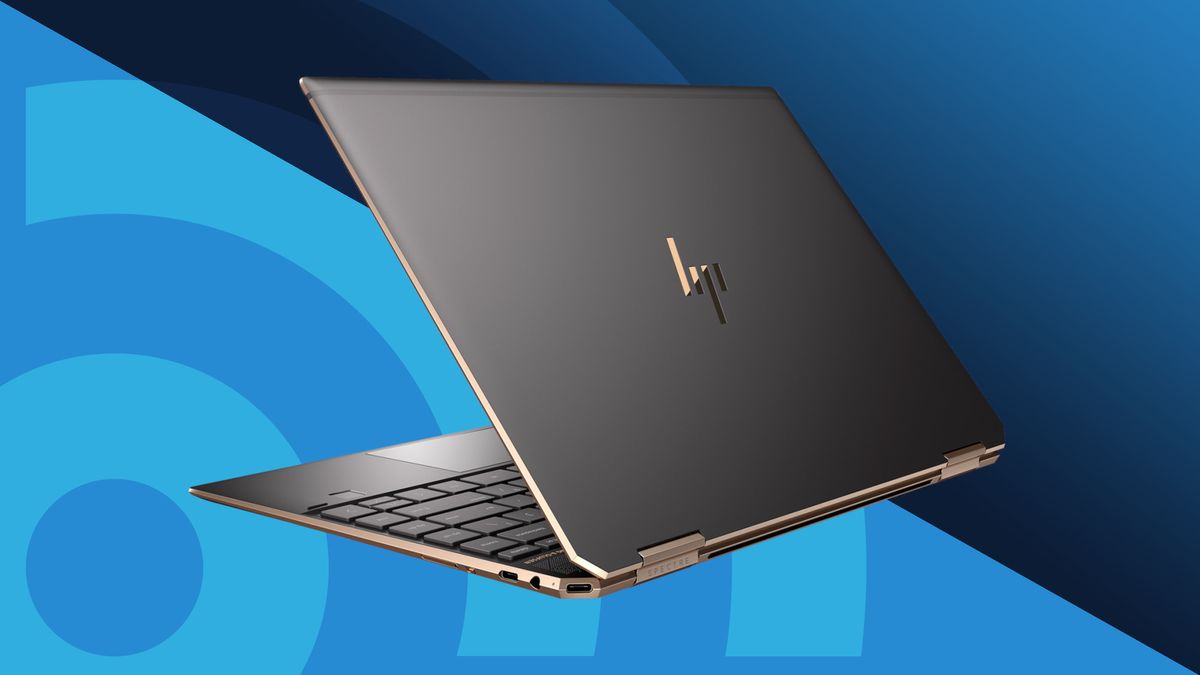In a world dominated by technology, laptops have become essential for work, education, entertainment, and beyond. Welcome to the Laptop Buying Guide in 2025—your ultimate resource for making an informed choice. With countless models and configurations available, choosing the right laptop can feel overwhelming. This comprehensive guide will help you navigate through the options and find the perfect laptop that meets your needs.
Laptop Buying Guide in 2025
With rapid advancements in technology, choosing the perfect laptop has become both exciting and challenging. From powerful processors and AI-driven features to ultra-slim designs and eco-friendly builds, laptops now cater to a wide range of needs. Whether you’re a professional seeking high performance, a student requiring portability, or a gamer chasing top-notch graphics, understanding your priorities is key. This guide will help you navigate the latest trends, specifications, and features to find the ideal laptop for your lifestyle in 2025.
1. Understand Your Requirements
The first step in buying a laptop is identifying your specific needs. Ask yourself:
- For General Use: Basic browsing, email, video streaming, and document editing.
- For Students: Lightweight laptops with good battery life for note-taking and research.
- For Professionals: High-performance laptops for multitasking, coding, or video editing.
- For Gamers: Gaming laptops with powerful GPUs and high refresh rate displays.
- For Creators: Laptops with color-accurate screens and strong GPUs for design work.
2. Set a Budget
Laptops are available in a wide price range. Your budget will significantly influence your choices:
- Entry-Level (₹30,000 – ₹50,000): Ideal for basic use and students.
- Mid-Range (₹50,000 – ₹80,000): Perfect for professionals and casual gamers.
- High-End (₹80,000+): Suited for gaming, video editing, and demanding tasks.
3. Choose the Right Operating System (OS)
Windows
- Versatile and compatible with most software.
- Ideal for gaming, office work, and general use.
macOS
- Available only on Apple MacBooks.
- Known for its smooth performance and integration with other Apple devices.
- Ideal for creative professionals.
Linux
- Open-source and free, suitable for tech-savvy users and developers.
ChromeOS
- Lightweight and optimized for web-based applications.
- Best for students and light users.
4. Key Specifications to Consider
Processor (CPU)
- Intel: Core i3 (basic), Core i5 (mid-range), Core i7/i9 (high performance).
- AMD: Ryzen 3 (basic), Ryzen 5 (mid-range), Ryzen 7/9 (high performance).
- Apple M-Series: M1, M2, or higher, offering exceptional performance and battery efficiency.
RAM
- Minimum 8GB for general use.
- 16GB or more for gaming, video editing, and multitasking.
Storage
- HDD (Hard Disk Drive): Larger capacity, slower speeds.
- SSD (Solid State Drive): Faster boot and load times, recommended for all modern laptops.
- Hybrid: Combines both HDD and SSD.
Graphics Card (GPU)
- Integrated: Suitable for basic tasks and light gaming.
- Dedicated: Necessary for gaming, 3D rendering, and video editing. Look for NVIDIA RTX series or AMD Radeon GPUs.
Display
- Resolution: Minimum Full HD (1920 x 1080). Higher resolutions (4K) for professional work.
- Size: 13-15 inches for portability, 15-17 inches for gaming and productivity.
- Refresh Rate: 60Hz for general use, 120Hz or higher for gaming.
- OLED or Mini-LED Panels: Superior color accuracy and contrast for creators.
Battery Life
- Look for laptops with 6-8 hours of battery life for portability.
- Ultrabooks and Chromebooks often offer excellent battery life.

5. Additional Features to Look For
- Keyboard: Backlit keyboards for low-light use, full-sized keyboards for productivity.
- Ports: Ensure enough USB, HDMI, and Thunderbolt ports for peripherals.
- Build Quality: Metal chassis for durability, lightweight materials for portability.
- Webcam and Microphone: Essential for video calls and online classes.
- Touchscreen: Optional but useful for designers and creatives.
- 2-in-1 Convertibles: Laptops that double as tablets for added versatility.
- Wi-Fi 6E and Bluetooth 5.3: Latest connectivity standards for better speed and reliability.
6. Brand Recommendations
Best Overall Brands
- Dell, HP, Lenovo: Reliable and versatile.
Best for Gaming
- ASUS ROG, MSI, Alienware.
Best for Creators
- Apple (MacBook Pro), ASUS ProArt, Dell XPS.
Best Budget Options
- Acer, Xiaomi, Realme.
7. Warranty and After-Sales Support
- Look for a minimum 1-year warranty.
- Check for easy access to service centers in your area.
- Consider extended warranties or accidental damage protection for peace of mind.
8. Compare Reviews and Ratings
Before making your final decision:
- Read online reviews from trusted sources.
- Watch video reviews on platforms like YouTube.
- Check customer ratings on e-commerce websites.
9. Where to Buy Laptops
Online
- Platforms like Amazon, Flipkart, and official brand websites often provide discounts and easy comparison tools.
Offline
- Visit authorized retail stores for hands-on experience and direct customer support.
10. Pro Tips for Buying the Perfect Laptop
- Always check for deals during sales seasons (Diwali, Black Friday, etc.).
- Verify specifications before purchase to avoid mismatches.
- Don’t overspend on features you won’t use.
- Invest in a good laptop bag or sleeve for protection.
- Keep an eye on emerging technologies like foldable screens or ARM-based chips for future-proofing.
Conclusion
Choosing the right laptop involves balancing your needs, budget, and preferences. By following this guide, you’ll be equipped to make an informed decision and invest in a device that enhances your productivity and enjoyment. Remember, the perfect laptop is the one that fits your unique requirements.
Stay updated with the latest tech insights and buying guides by following Sahil Singh’s blog!
